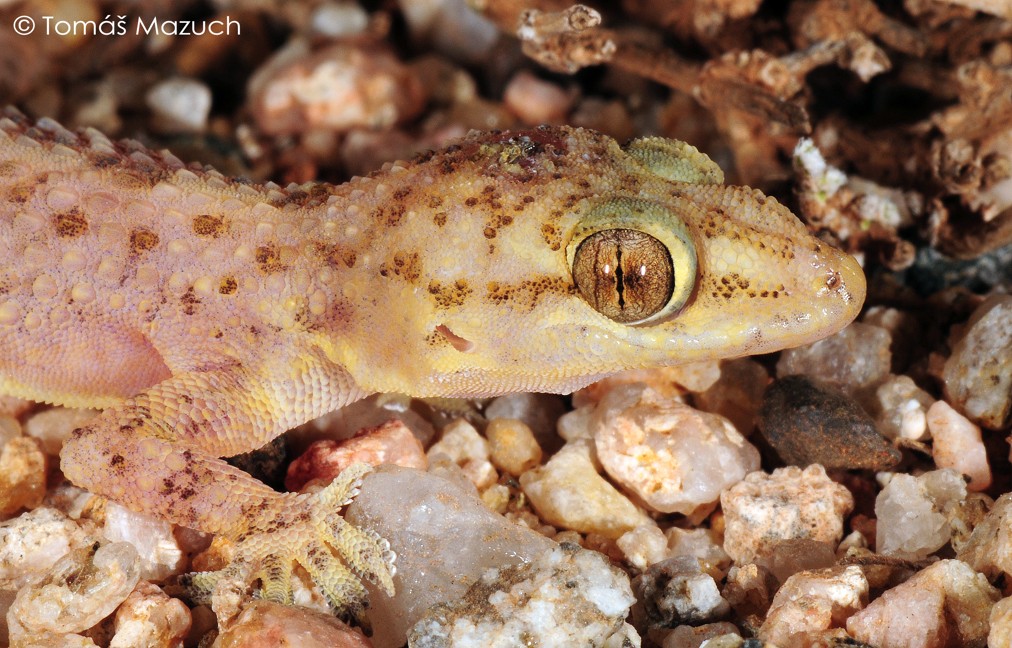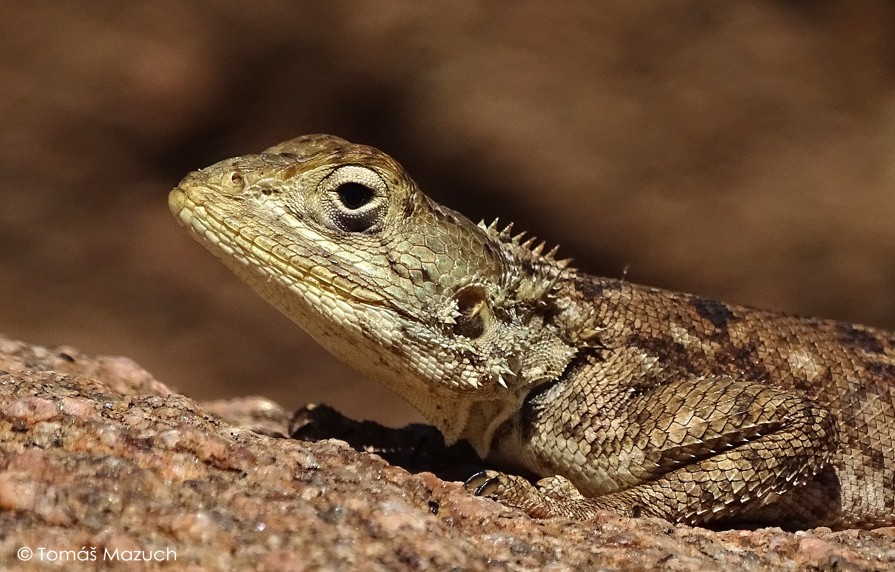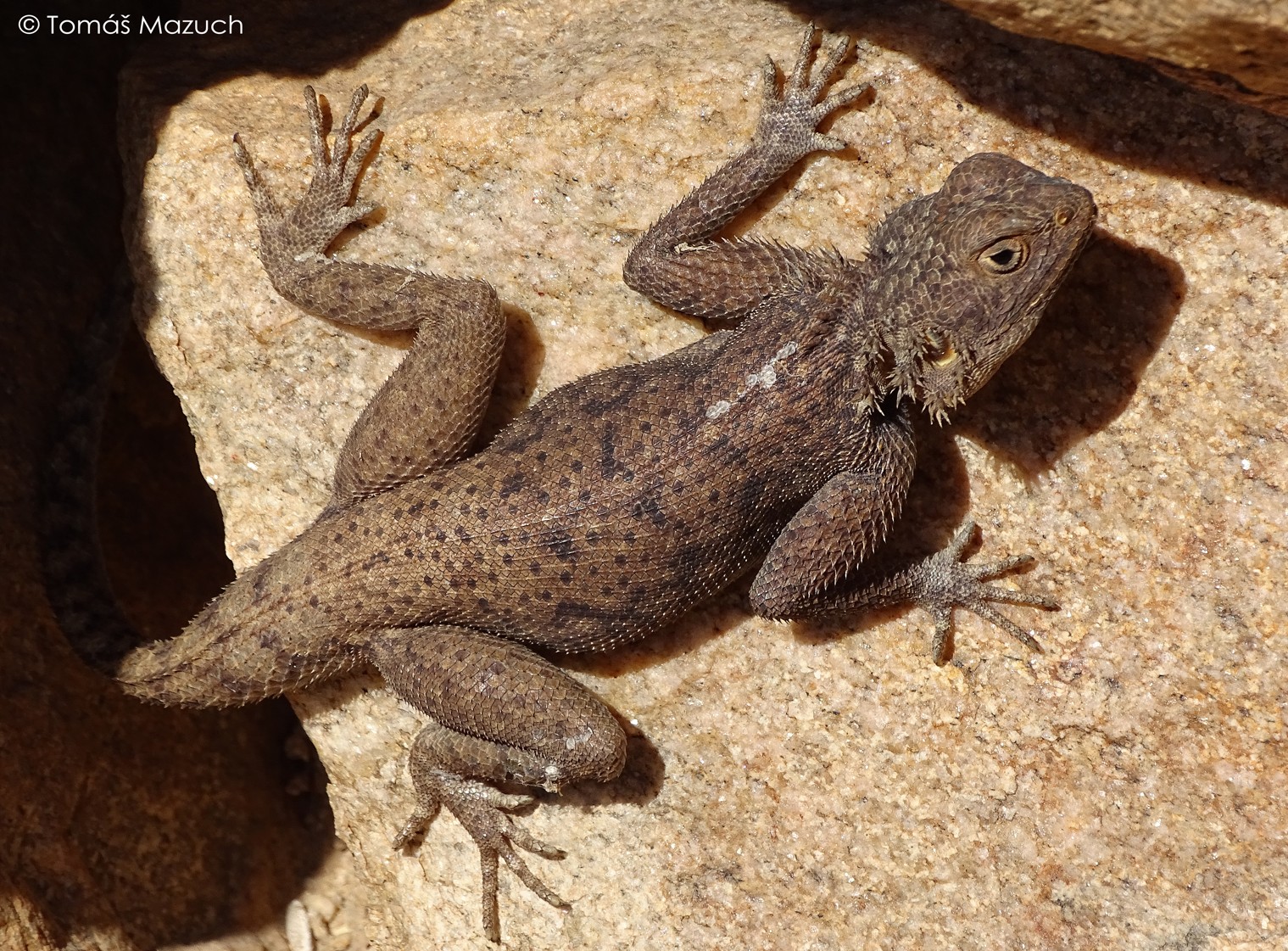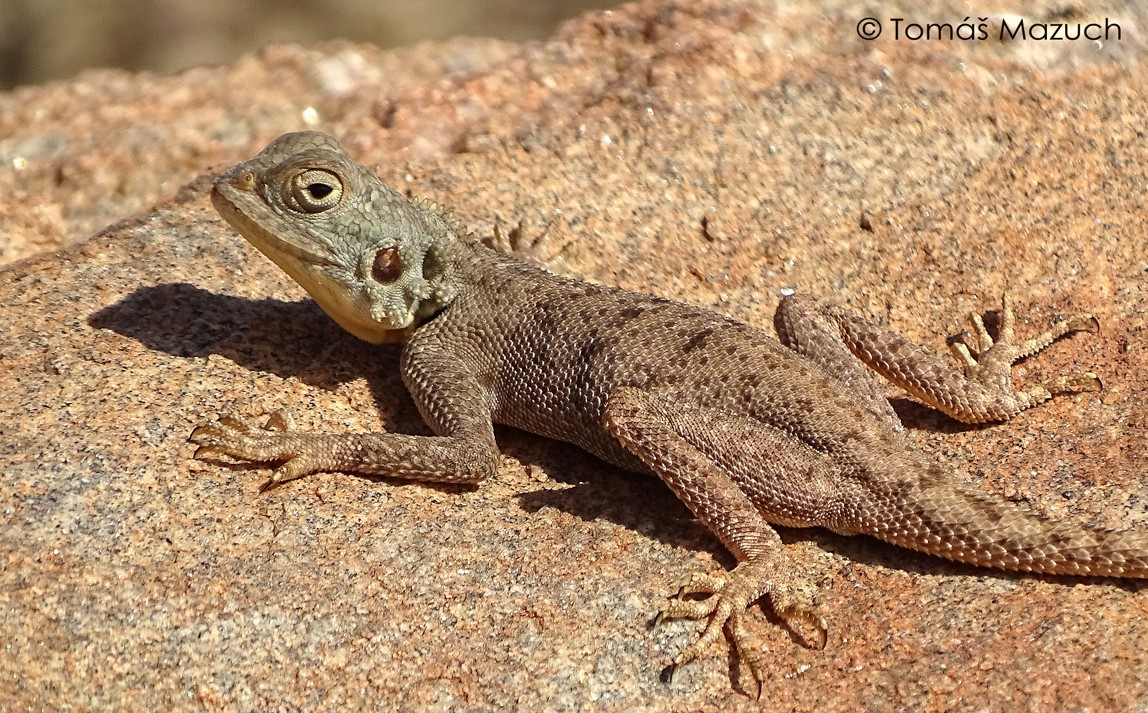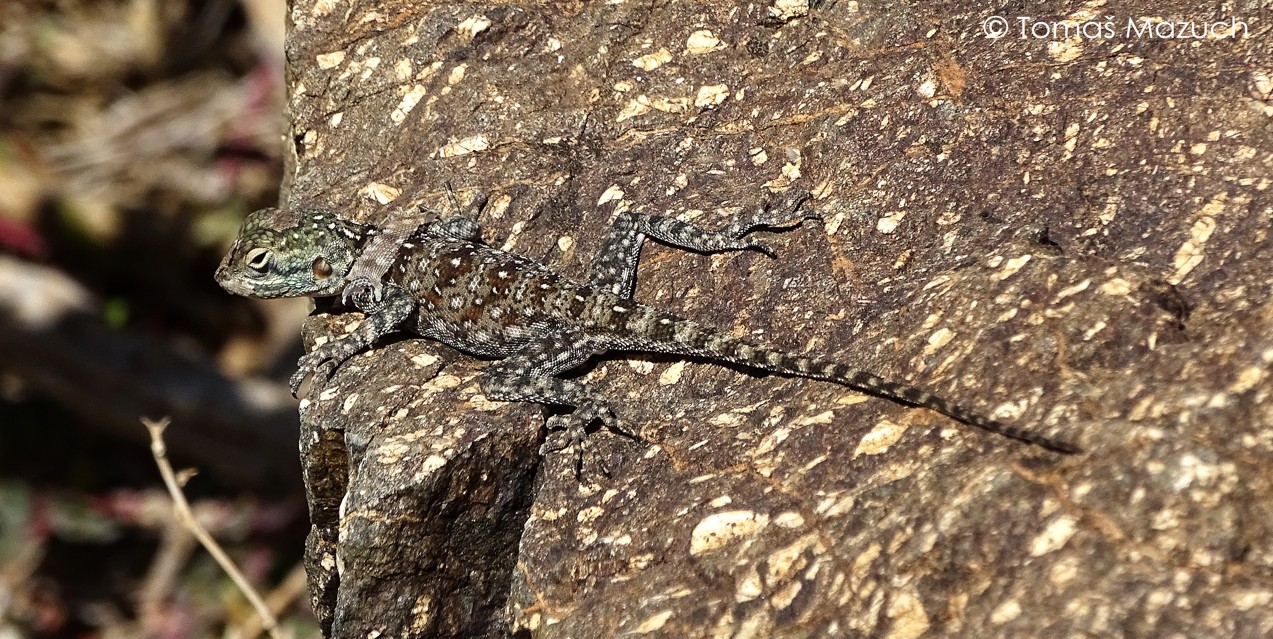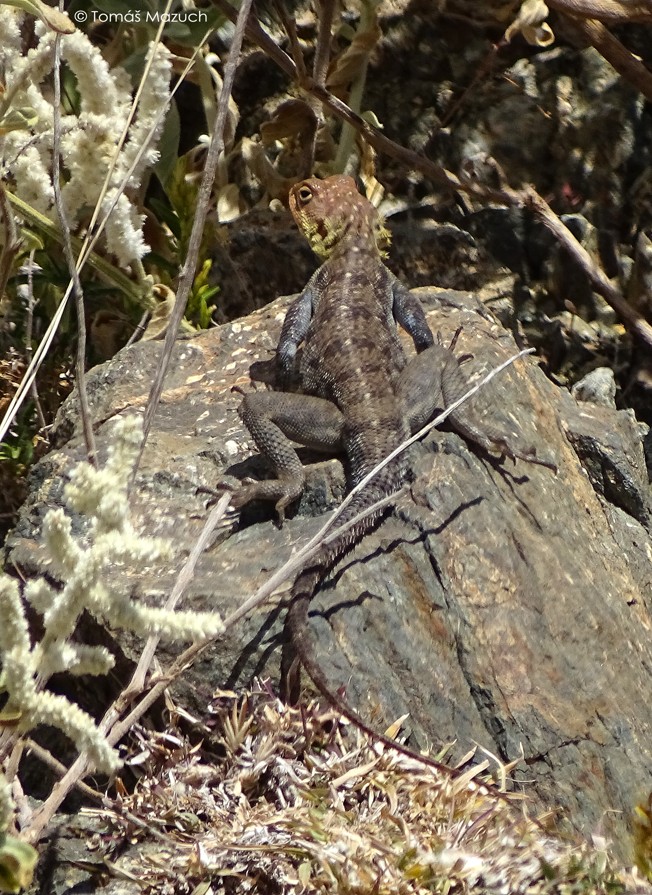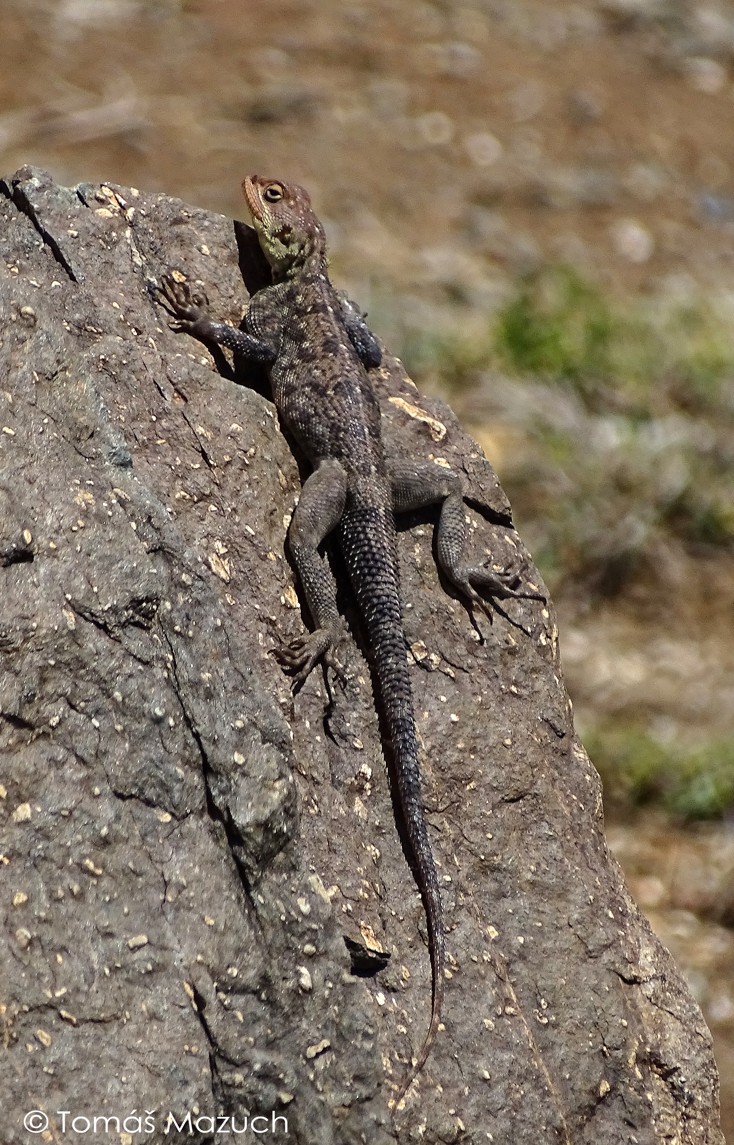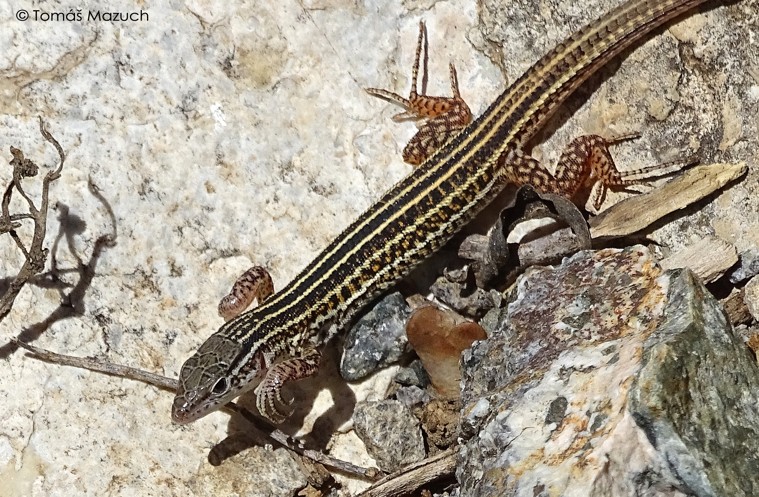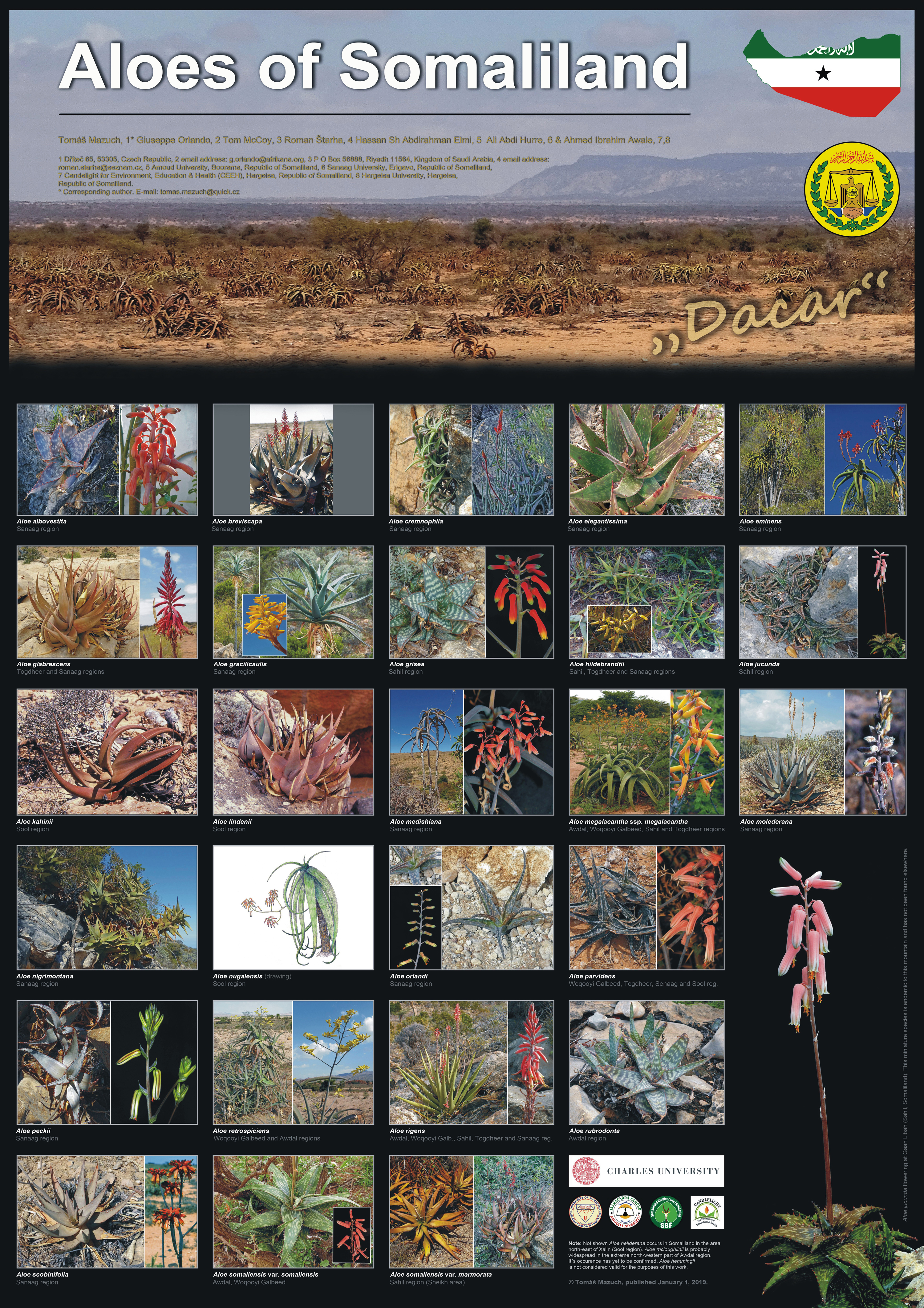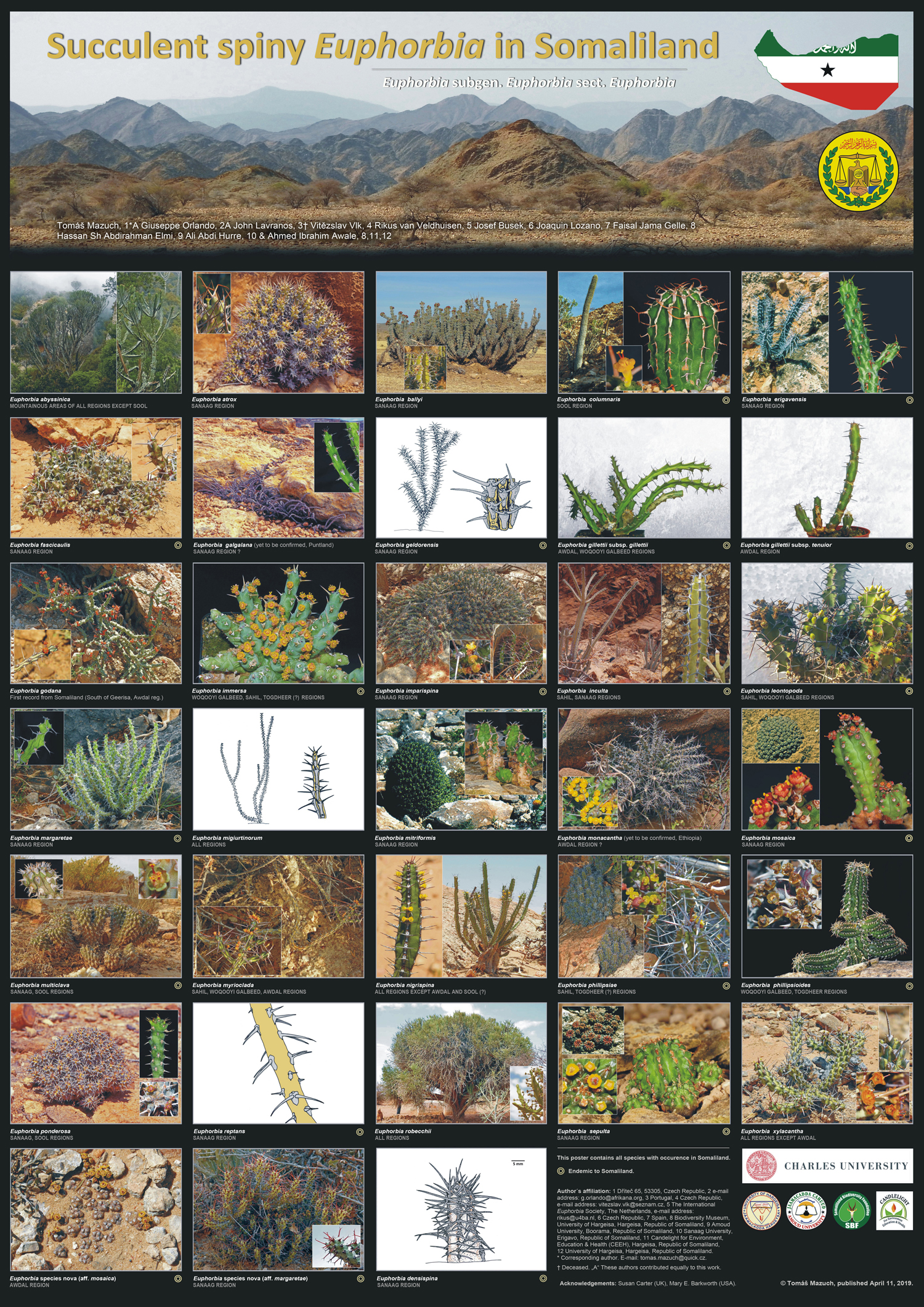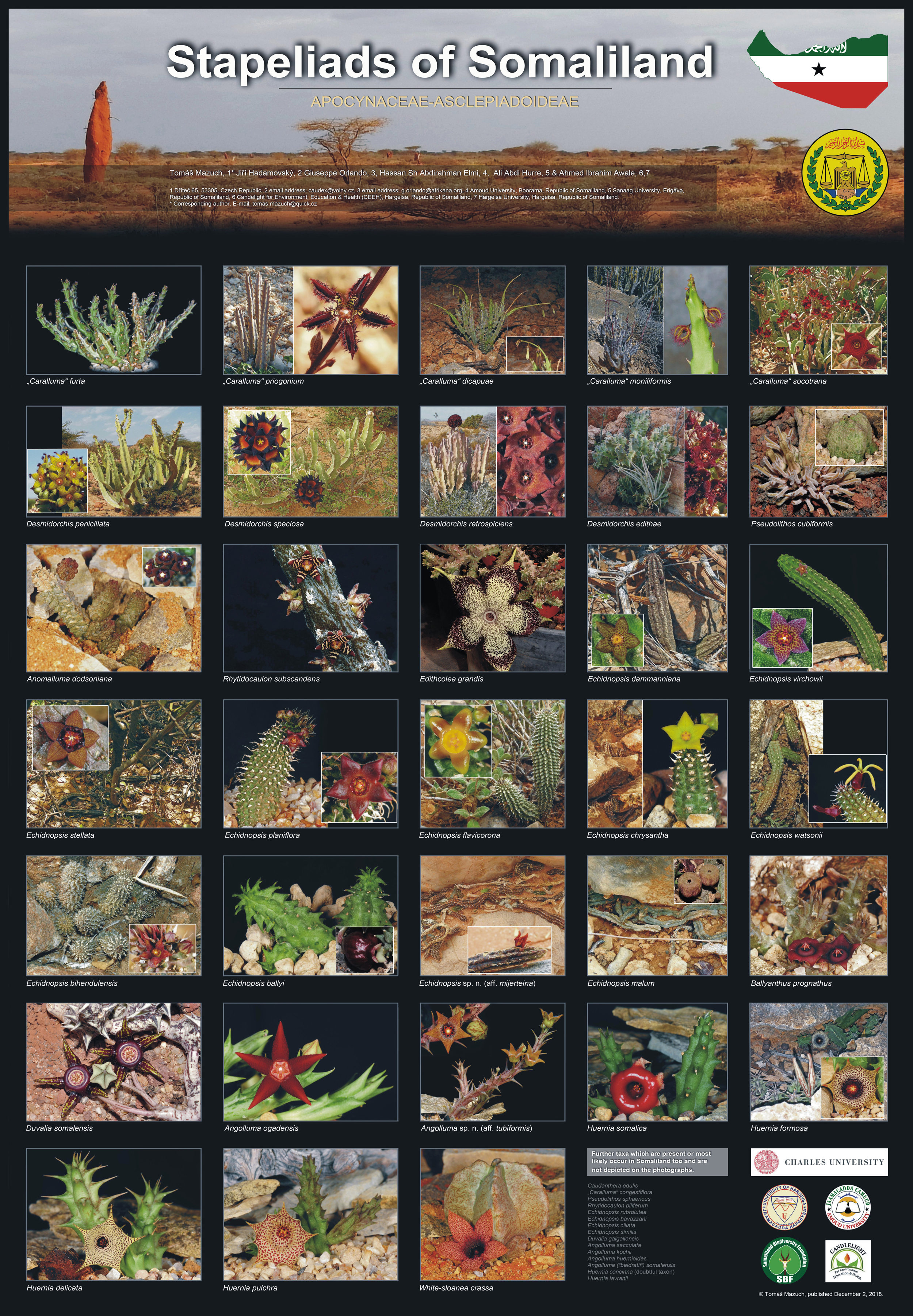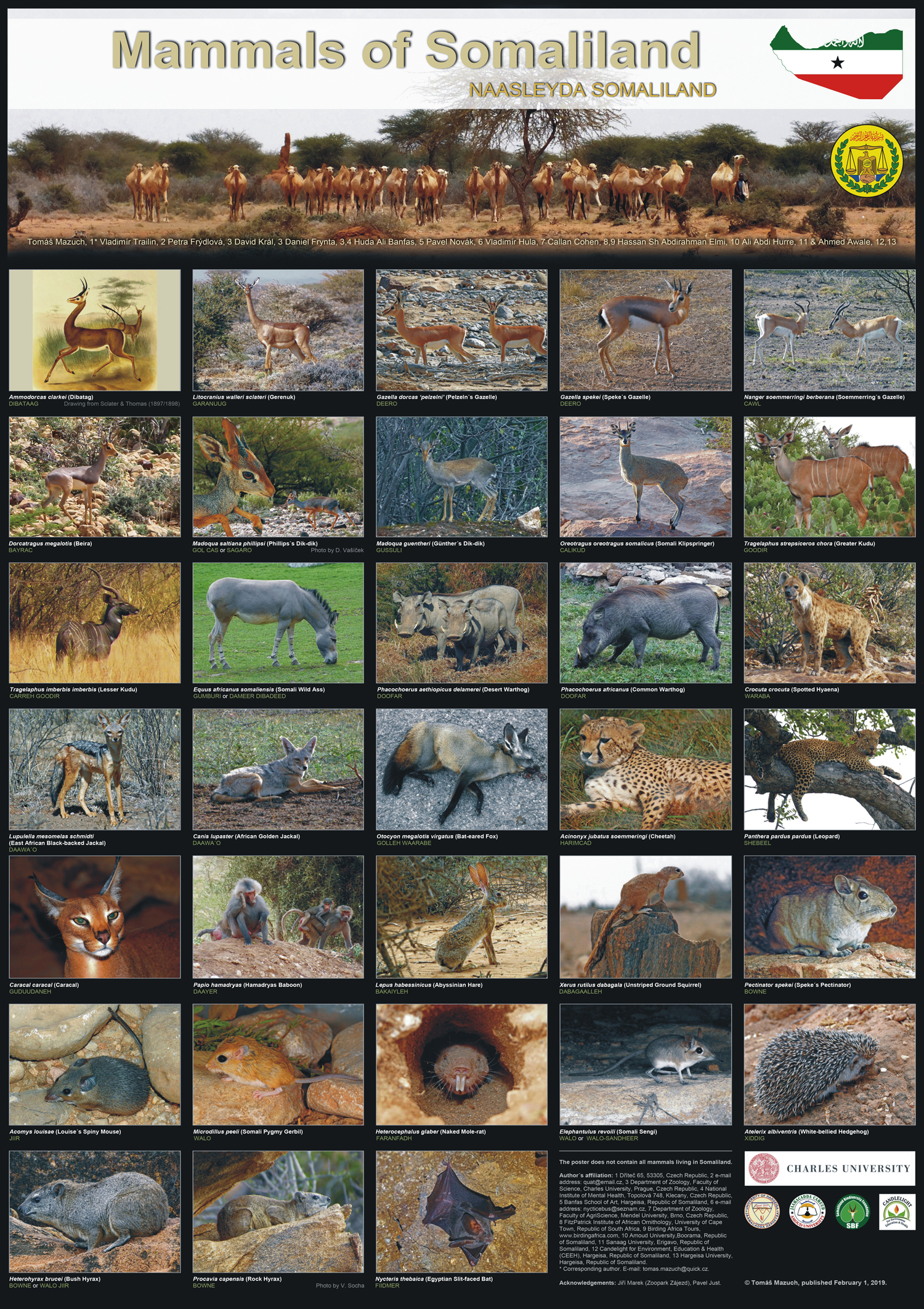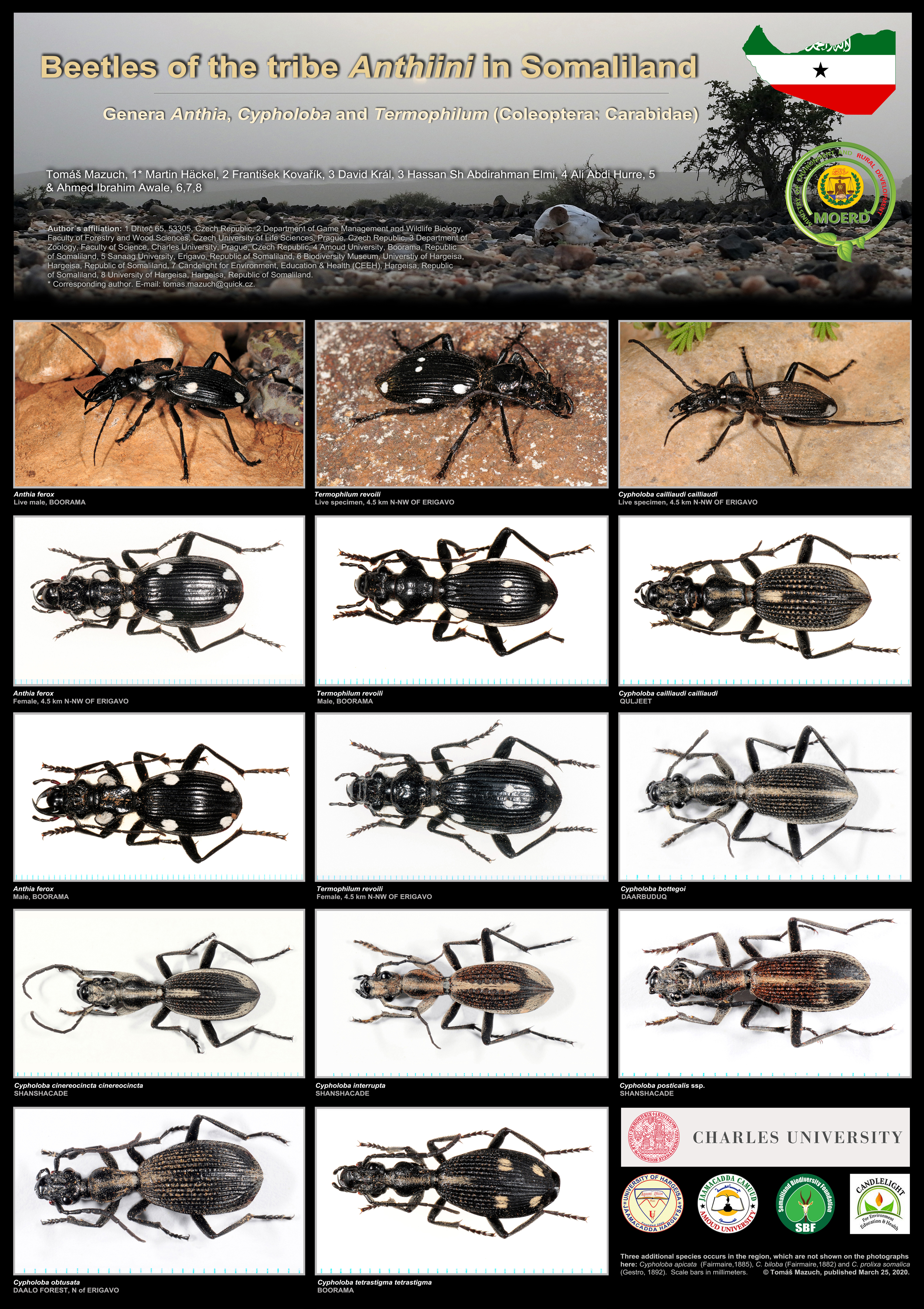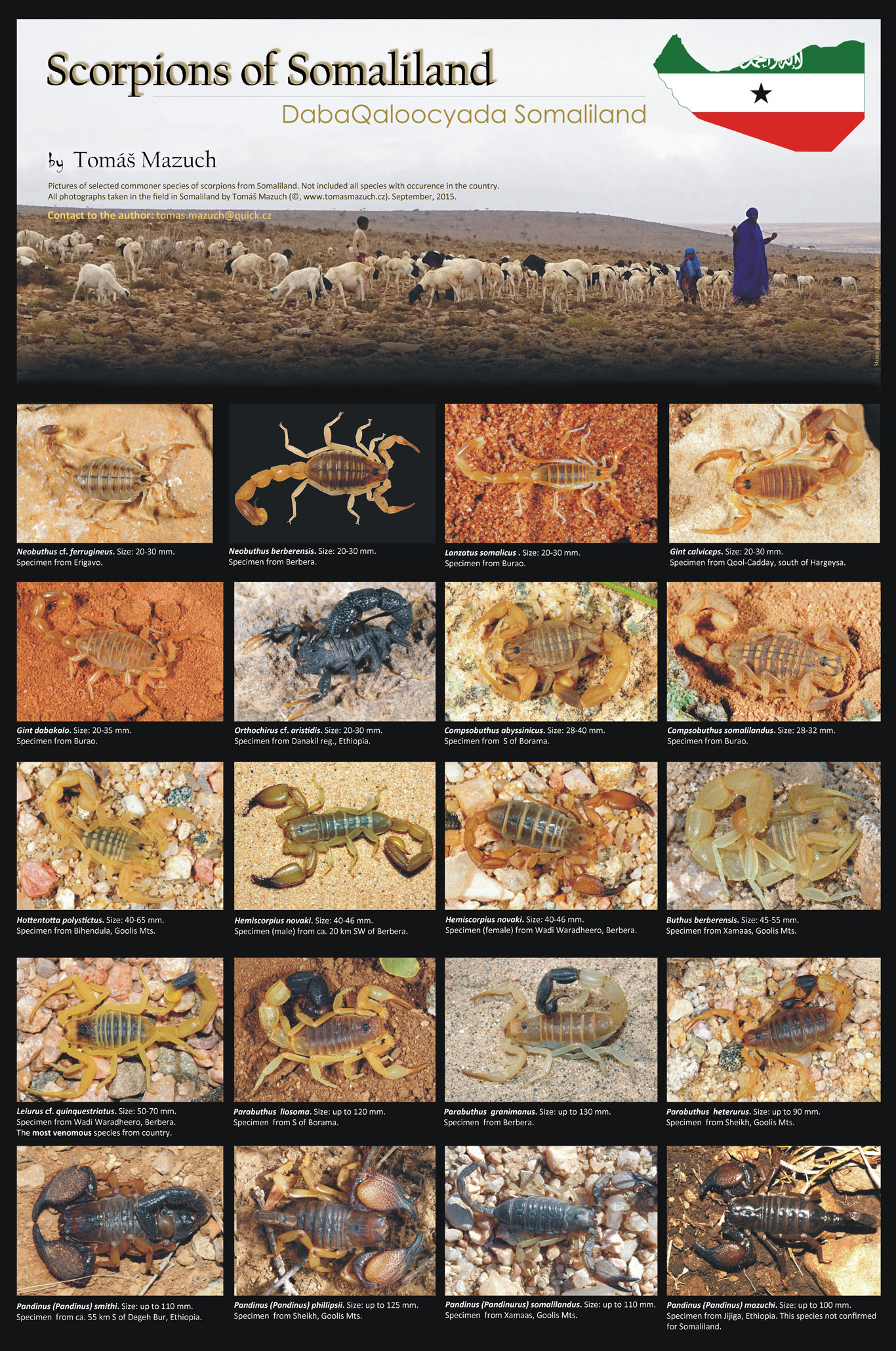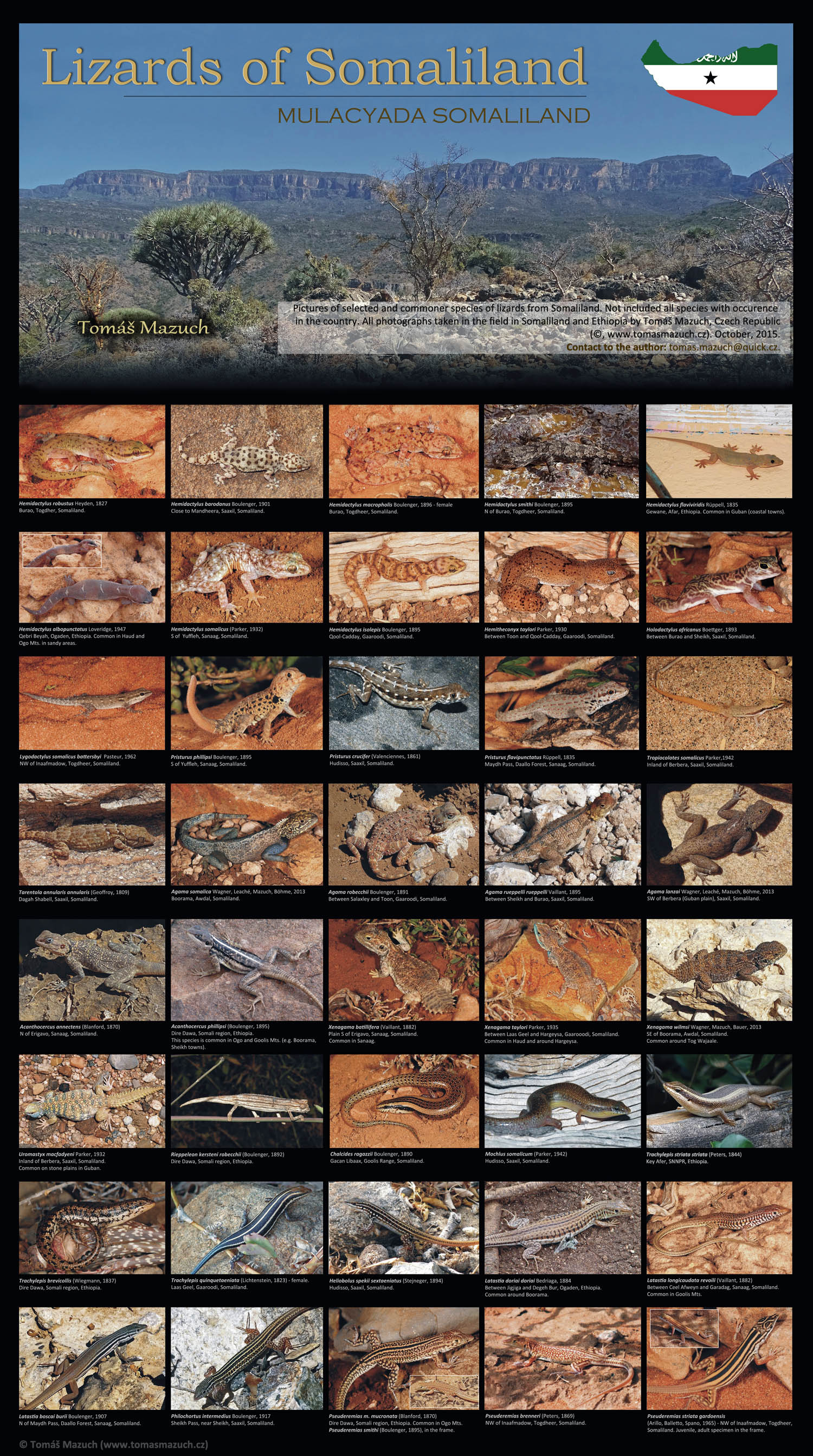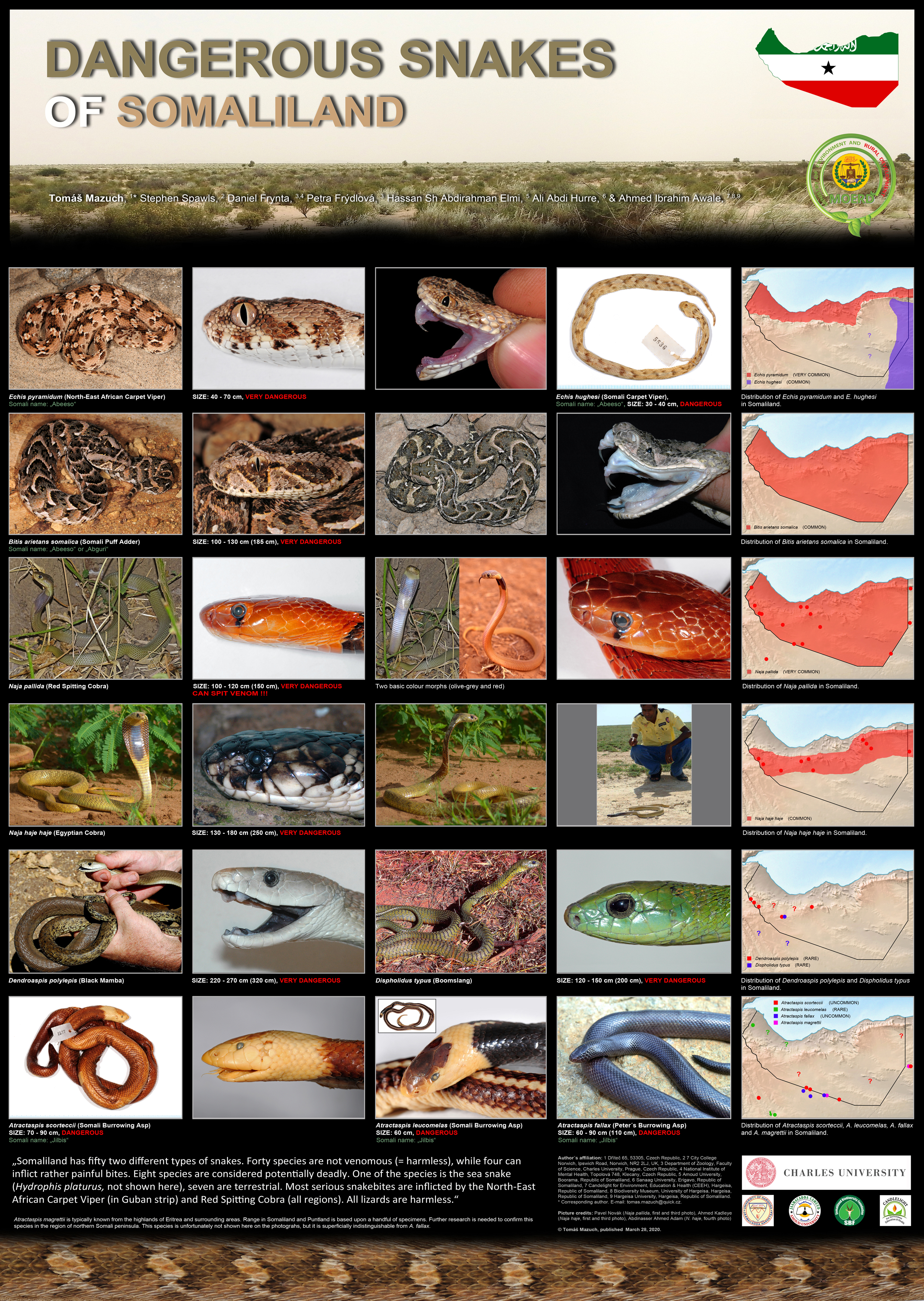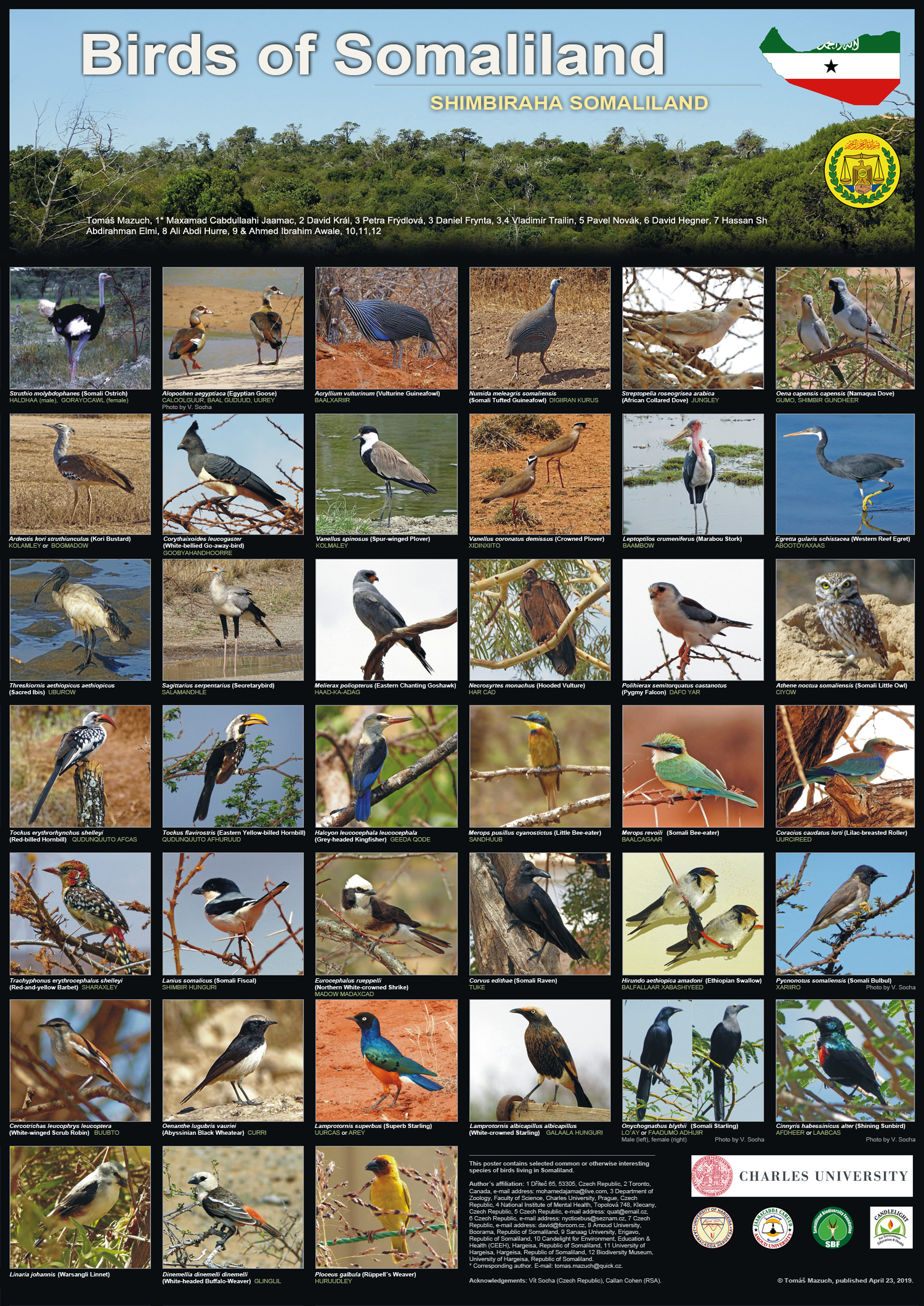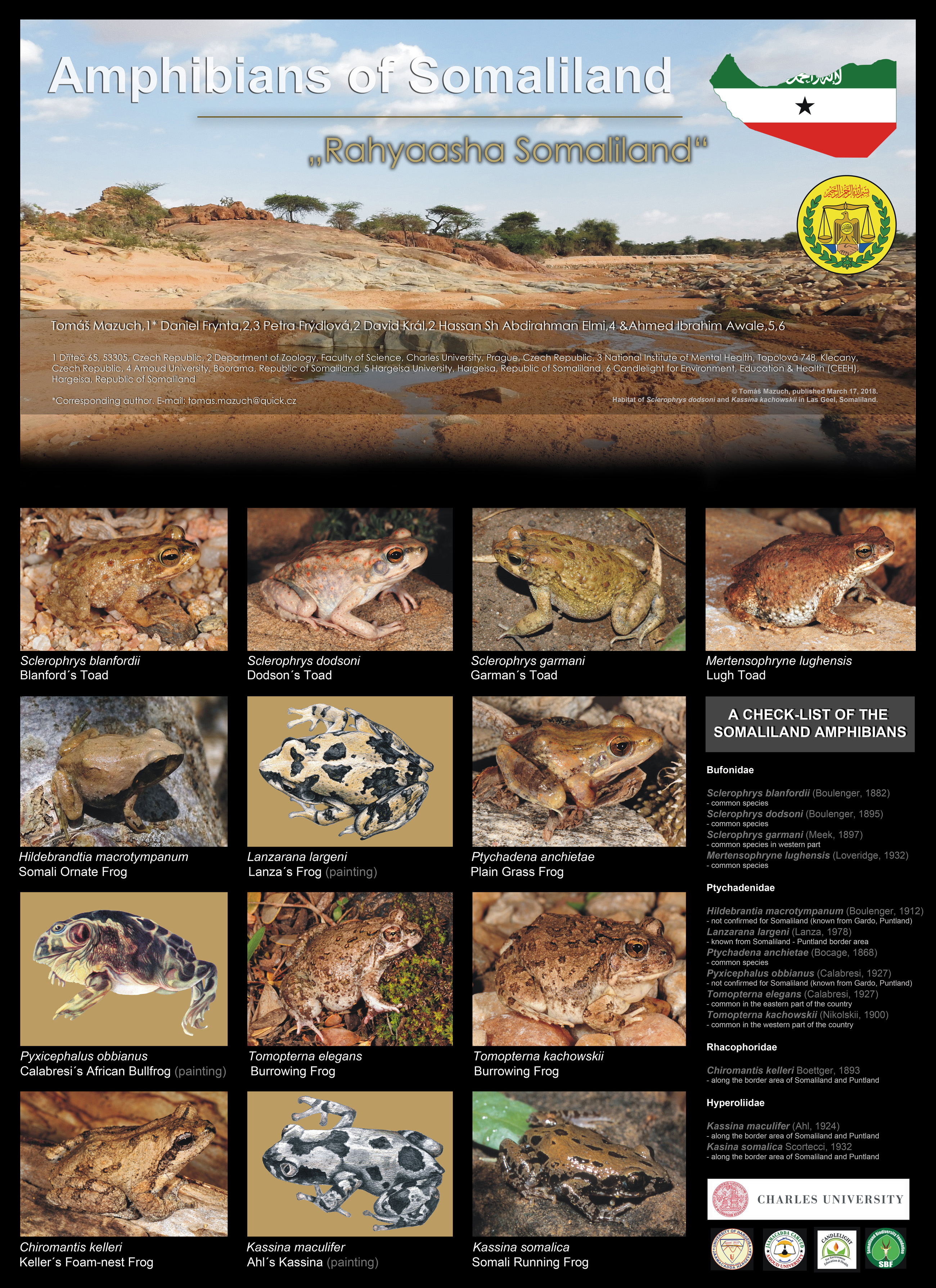You are using an out of date browser. It may not display this or other websites correctly.
You should upgrade or use an alternative browser.
You should upgrade or use an alternative browser.
Somaliland Wildlife Sanctuary
- Thread starter ZodiaK
- Start date
ZodiaK
VIP
Cheetah Conservation Fund (CCF) research indicates 300 cheetah cubs were poached from the landscape in the Horn of Africa each year between 2010 and 2020.
In response, CCF has joined with International Fund for Animal Welfare (IFAW) and Legal Atlas to disrupt the poaching and trafficking of cheetahs between the Horn of Africa and Middle East-North Africa regions through a project known by its acronym, LICIT — Legal Intelligence/Cheetah Illicit Trade.
From 19 to 23 September, IFAW, Legal Atlas and CCF will conduct a five-day training course in Hargeisa for representatives of the Somaliland government involved in law enforcement and the prosecution of wildlife crimes.
With the ultimate aim of reducing poaching and illegal trade in cheetah cubs, the participants will increase their knowledge of Somaliland environmental and wildlife conservation laws, how to properly handle confiscated cubs, and how to carry out efficient criminal investigations involving wildlife.
Made possible by a grant from the UK Government through its Illegal Wildlife Trade Challenge Fund, LICIT seeks to build capacity with law enforcement agencies, strengthen legal frameworks and create regional networks between four legal jurisdictions – Ethiopia, Somaliland, Somalia and Yemen – identified by CCF as being the biggest stakeholders in this fight. As a source and transit country with almost 800 kilometres of coastline facing Yemen, Somaliland has long been at the centre of the illegal cheetah cub trade.
“The work we are undertaking with LICIT to improve our laws and establish a national unit to conduct counter-trafficking activities is a major step forward in our decade-long fight against illegal wildlife trade here in Somaliland,” said Minister Shukri H. Ismail of the Ministry of Environment and Rural Development (MoERD). “After the arrest of Cabdiraxmaan Yusuf Mahdi, better known as Abdi Xayawaan (Abdi Animals) in October 2020, we have not intercepted any illegal cub shipments in Somaliland. We hope this lull becomes permanent.”
With fewer than 7,500 cheetahs left in the wild, this level of poaching is devastating to biodiversity and threatens the species in the Horn of Africa with local extinction within 10 years.
“Supporting inter-regional collaboration in law enforcement is crucial to successfully counter wildlife trafficking,” said Matt Morley, Director of Wildlife Crime for IFAW. “We have been hosting Detecting Illegal Species Through Prevention Trainings (DISRUPT) across Africa and the Middle East for years, and with LICIT, we are sharing the programming we have developed through our work in these other jurisdictions.”
Legal Atlas Director James Wingard adds, “Consistent application of wildlife laws is one of LICIT’s goals. We have therefore compiled legal frameworks for each of the four jurisdictions. Doing so makes it easier to spot gaps in legislation. Then we can assist the respective governments in strengthening their laws by revising them or by creating new ones.”
The illegal trade in cheetahs is mainly driven by demand for exotic pets in the Middle East, but also by extreme poverty in source countries. Human-wildlife conflict makes coexistence with these predators difficult, and the impact of climate change on agriculture and livelihoods further exacerbates the situation.
“Even after we stop the illegal trade, our work in Somaliland and the Horn of Africa is just beginning,” said Dr Laurie Marker, Founder and Executive Director of CCF.
“We are learning from confiscation events where wild cheetah populations may exist, and we are meeting the people who live with them. In these areas, the confluence of drought, famine, extreme poverty, lack of opportunity, lack of education, lack of awareness of the law, and conflict with farmers creates a complex web of issues that must be addressed to save the species. We are grateful for the LICIT project, which is enabling us to take giant strides forward in this fight.”
one
ᶜᵃʷᵒ ᶜᵃʷˡᵒ
Nice, cawl's! I've seen lots of them in Eastern Guban as well.
And nice thread btw, I bookmarked it. I'll try to contribute as well, inshallah.
Endemic and special birds of Somaliland
Last edited:
one
ᶜᵃʷᵒ ᶜᵃʷˡᵒ
Long-tailed lizard, Garadag
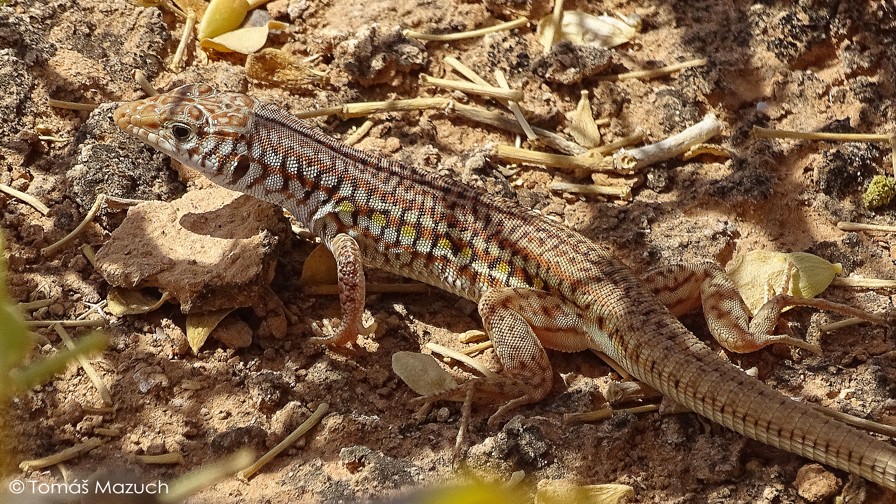
Middle Eastern rock gecko, Daallo
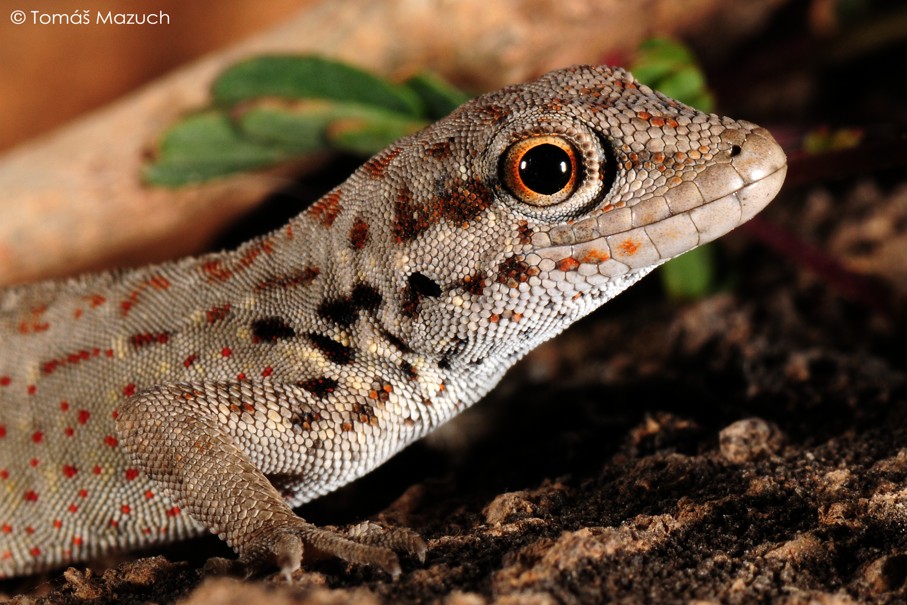
Somali rock gecko(So cute that I wanna strangle it), Daallo
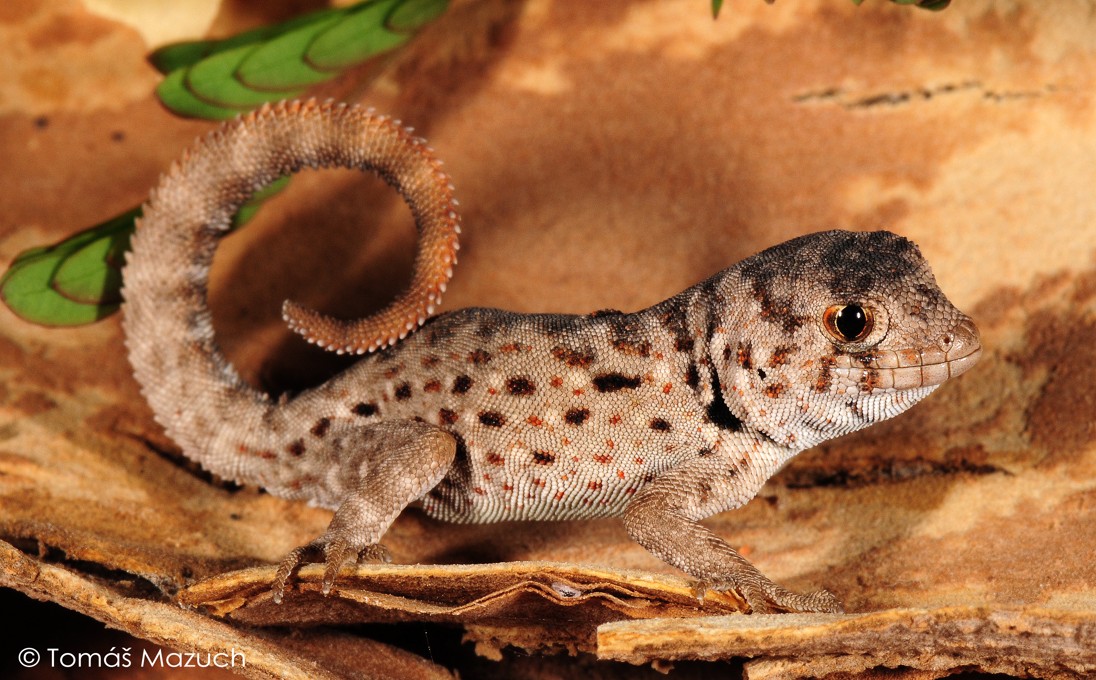
Somali rock gecko, Yufleh
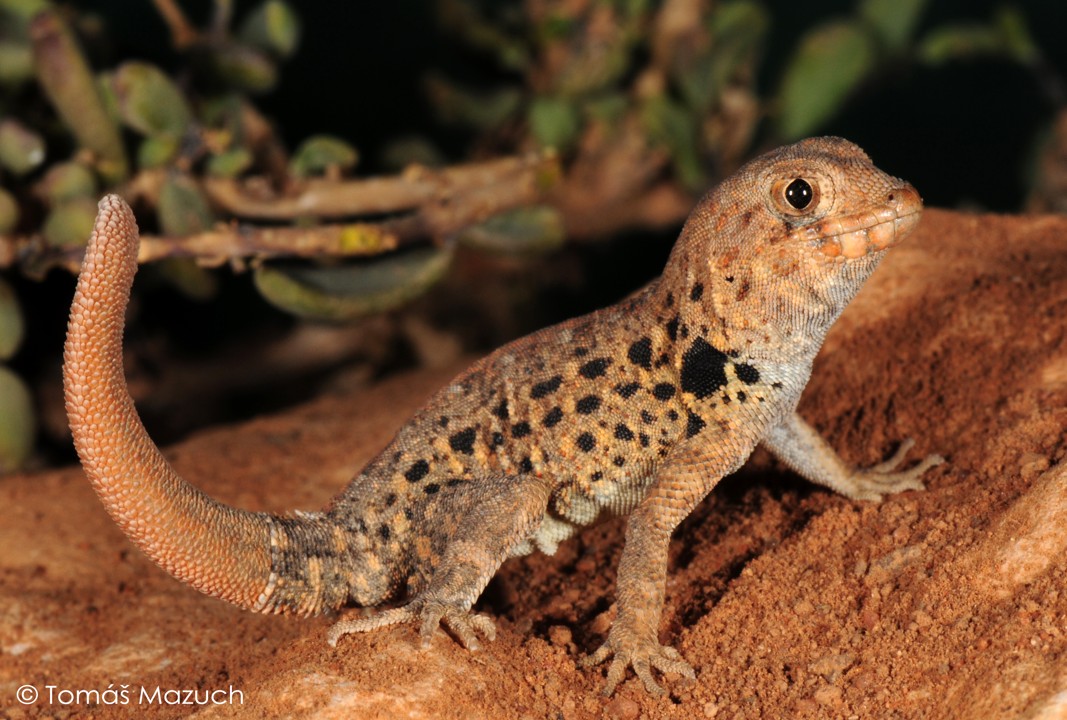
Somali rock gecko, El-Afweyn
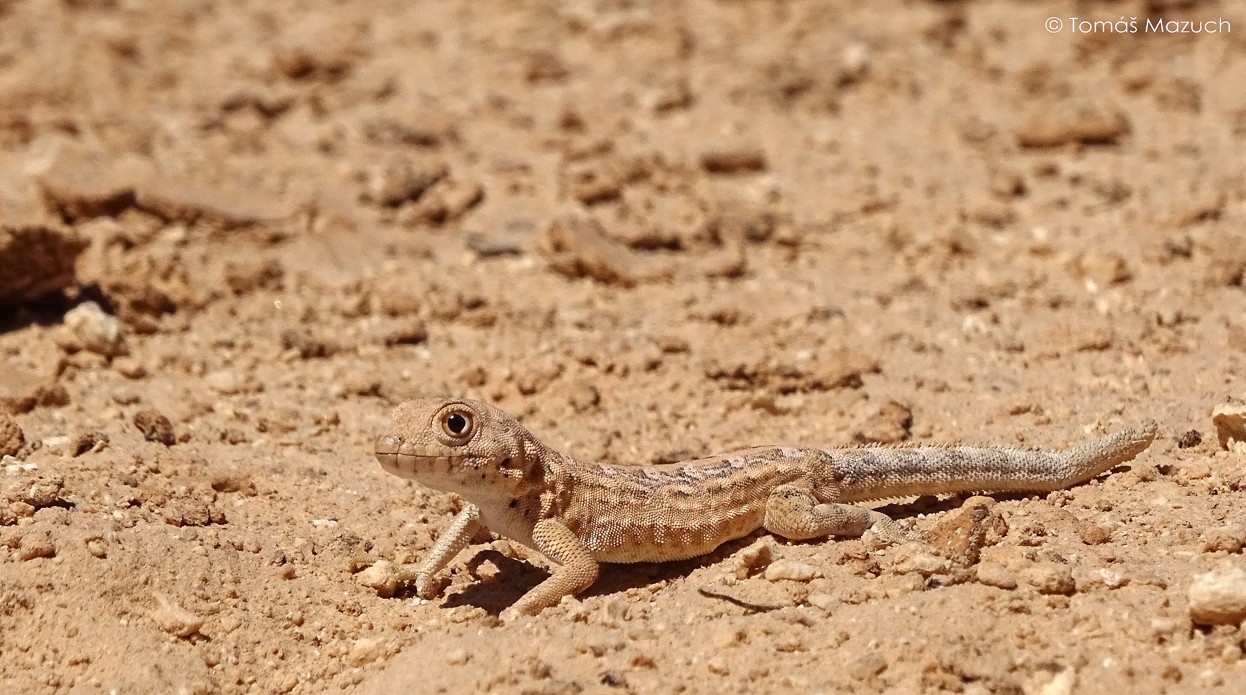
Long-tailed lizard, Daallo
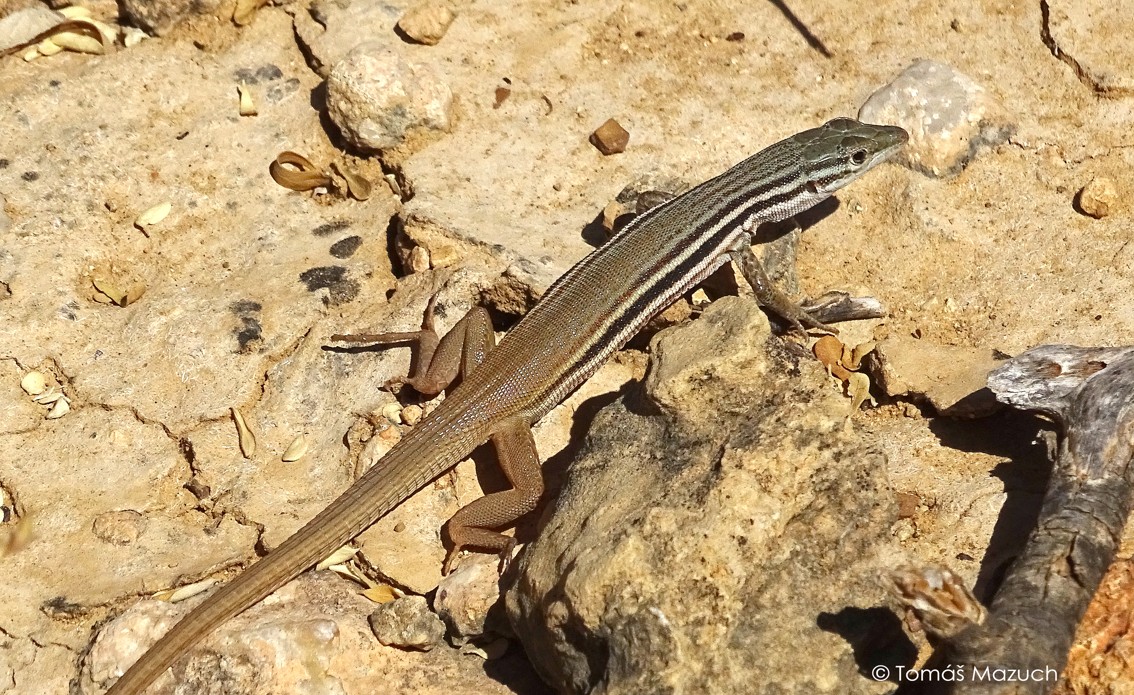
Eritrean rock agama, Erigavo
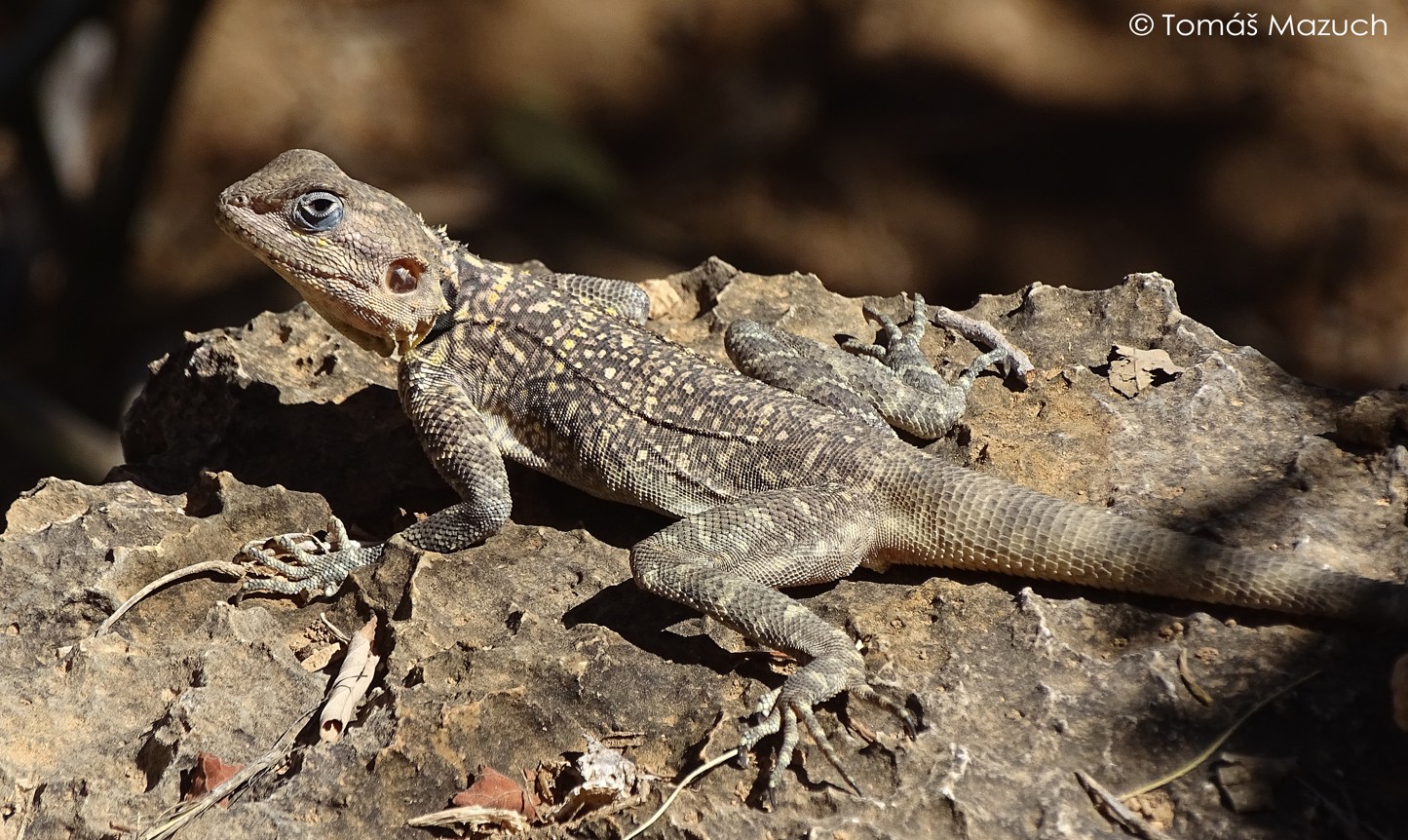
Shield-tail agama, Erigavo
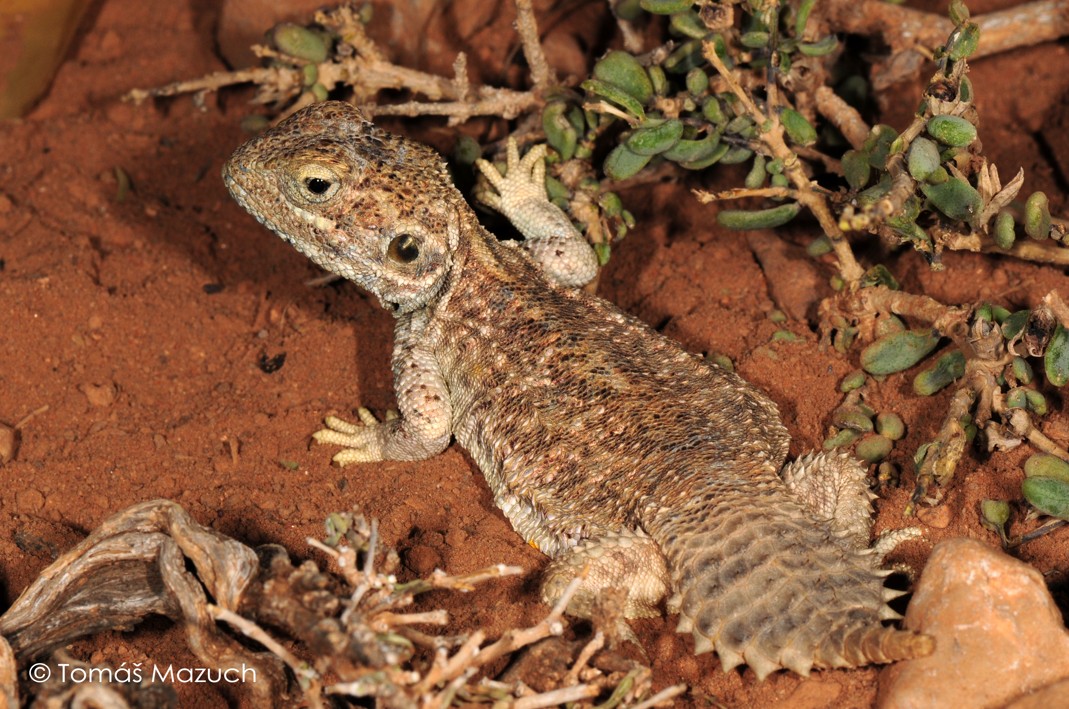
Beaver-tailed agama, Yufleh
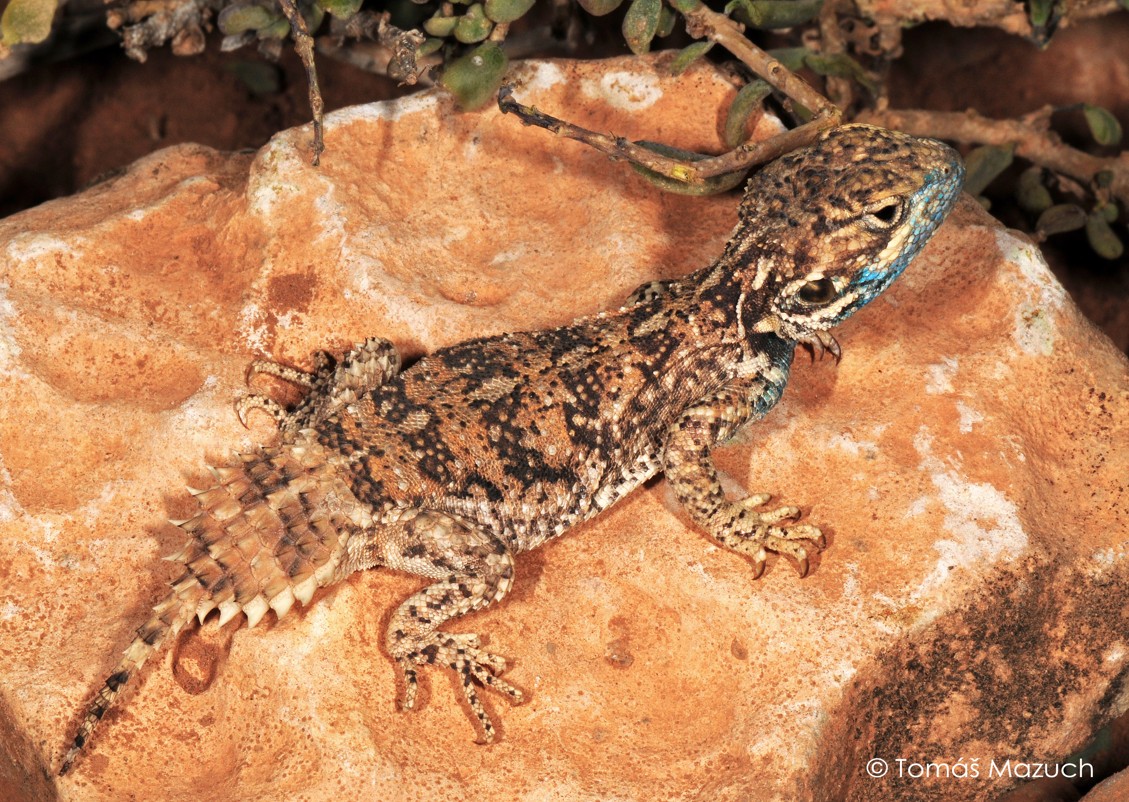
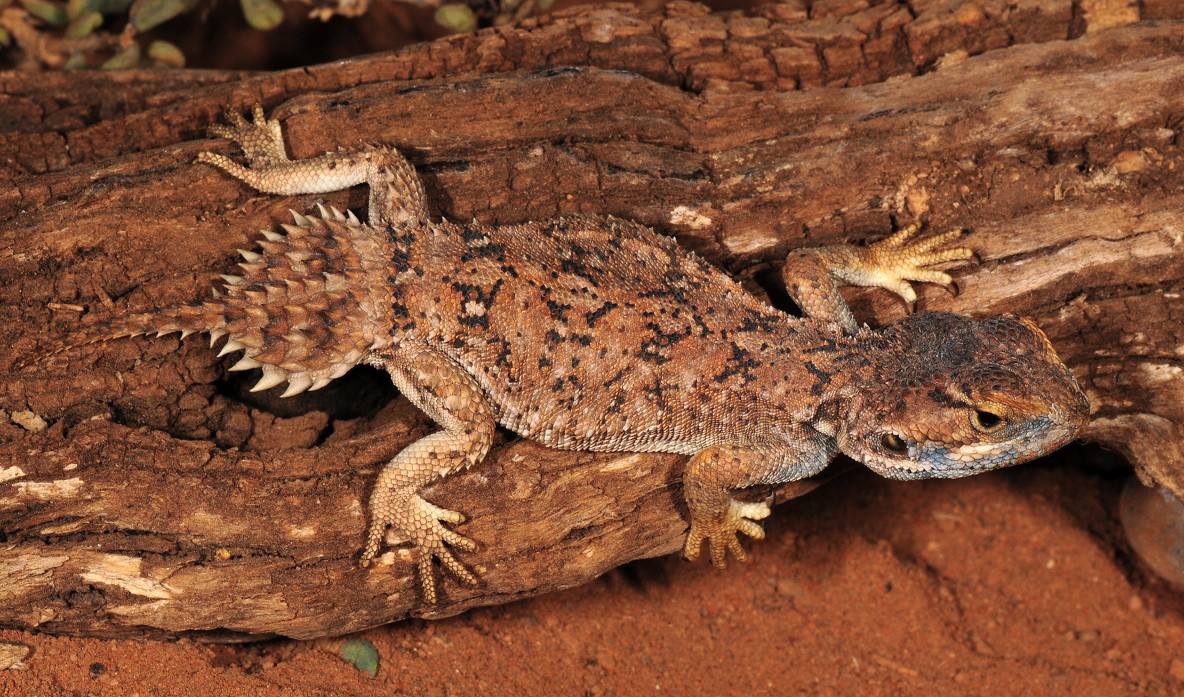
Northern Somali Leaf Toed Gecko, El-Afweyn
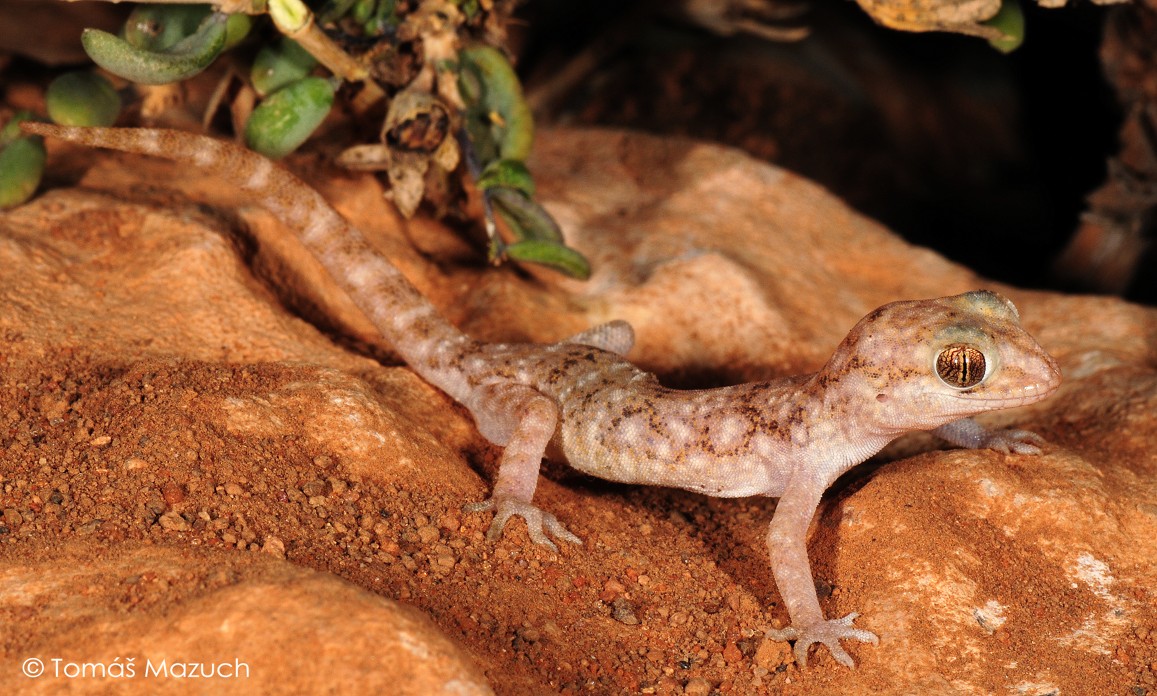
Halin Sand Runner, El-Afweyn
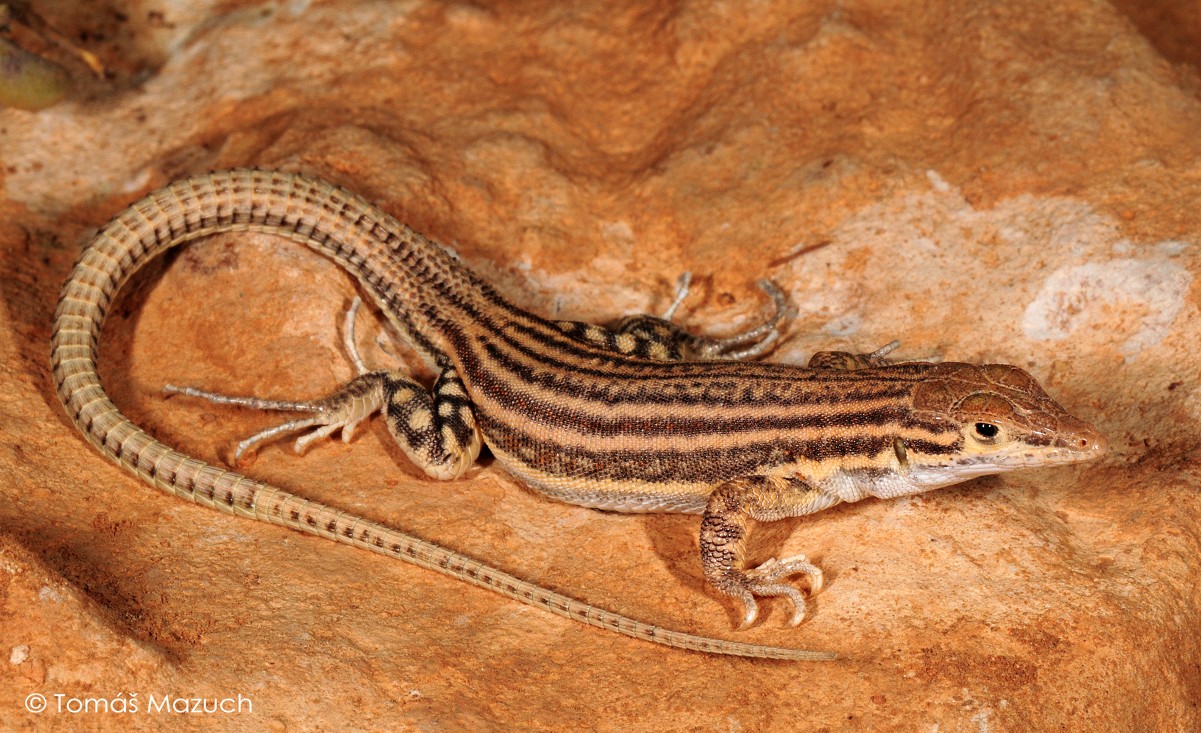
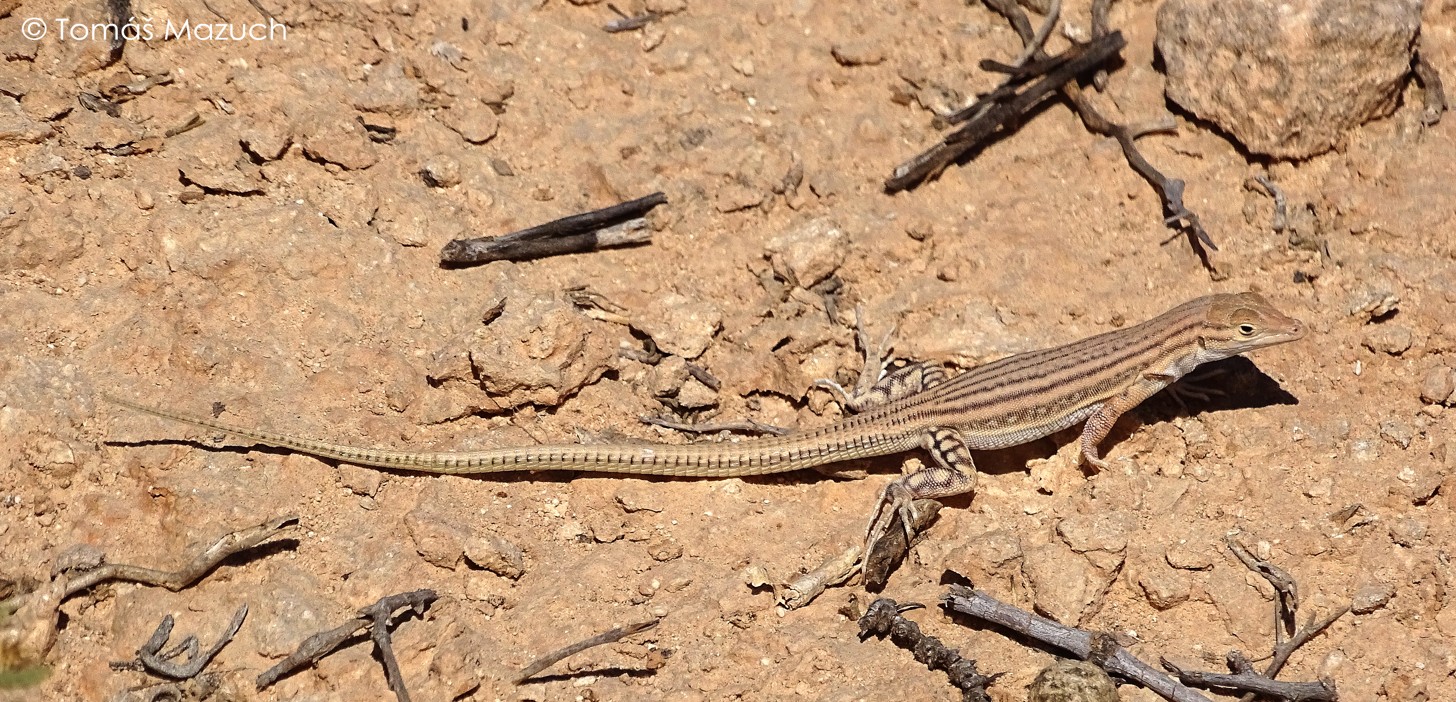

Middle Eastern rock gecko, Daallo

Somali rock gecko(So cute that I wanna strangle it), Daallo

Somali rock gecko, Yufleh

Somali rock gecko, El-Afweyn

Long-tailed lizard, Daallo

Eritrean rock agama, Erigavo

Shield-tail agama, Erigavo

Beaver-tailed agama, Yufleh


Northern Somali Leaf Toed Gecko, El-Afweyn

Halin Sand Runner, El-Afweyn


ZodiaK
VIP
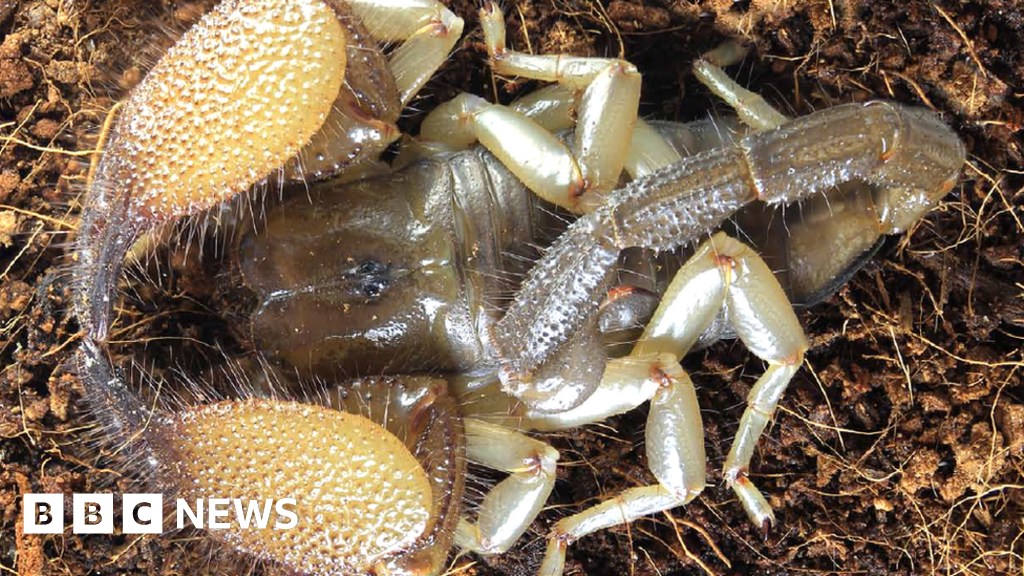
The Somali man who has a scorpion named after him
Somali environmentalist Ahmed Ibrahim Awale hopes it will inspire African researchers.
If you were going to have a creature named after you then a scorpion may not be your first choice, but Ahmed Ibrahim Awale believes the Pandinurus awalei will serve as an inspiration to budding Somali scientists.
The 66-year-old scientist from Somaliland has been honoured by the three researchers who discovered the new scorpion species in the region in recognition of his decades of work in conservation and environmental protection.
"Most of the species identified in Somalia and Somaliland are named after a place, a characteristic that a plant or animal may have or somebody from Europe or America," he told the BBC in his lively voice on the line from his office in Hargeisa.
"But for many young people here, it will encourage them to know that this species is named after Awale - after all Awale is a Somali." His pride in having this honour clearly shines through.
'Large but not that lethal'
Since the 19th Century, researchers, mostly from Europe, have been exploring the rich ecology of the Somali region, but Mr Awale wants to add to the growing number of Somalis taking up zoology and botany.The 15cm large-clawed scorpion that now carries his name was found in an arid landscape near Agabara village about 50km (30 miles) north of Hargeisa, the capital of the self-declared republic of Somaliland.
It is not as venomous as some of its smaller cousins as there is often an inverse relationship between the size of a scorpion's claws and the power of its sting, Mr Awale explains.
Ahmed Awale
This marks a shift in the narrative from the mainstream perception of piracy, extremism, famine and instability"
Ahmed Ibrahim Awale
Somaliland environmentalist

But Pandinurus awalei is just one of 50 scorpion species that live in Somaliland, some of which are only found in the Somali region.
This fact gives a hint at its rich biodiversity. As well as a host of animal species, there are at least 3,000 species of plants that have been identified and more than 700 of them are endemic to the region - and that number is growing.
"Every year new discoveries are coming," says Mr Awale, who himself found a new species of aloe in 2014.
"This articulates the message that all that is coming from Somaliland and the region is not that bleak. We always hear negative news and this marks a shift in the narrative that is different from the mainstream perception of piracy, extremism, famine and instability."
ZodiaK
VIP
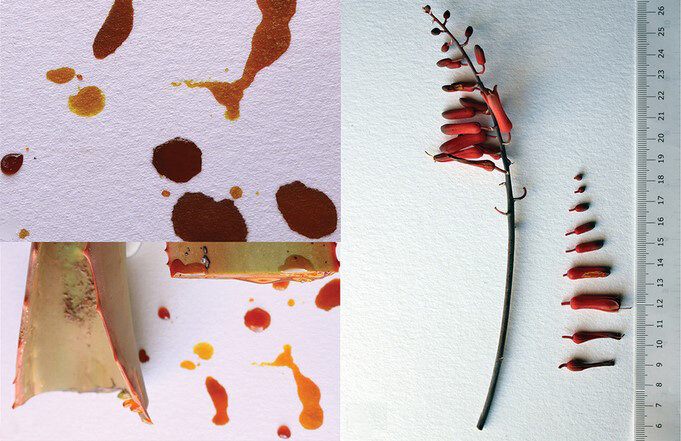
Aloe sanguinalis, a new red Aloe from Somaliland
Aloe sanguinalis, or Somali Red Aloe, forms large, conspicuous clumps and has blood red sap. Its can easily be spotted from the road, but the species has only just been named and described in the open access journal PhytoKeys.
 phys.org
phys.org

Aloe sanguinalis, a new red Aloe from Somaliland
Aloe sanguinalis, or Somali Red Aloe, forms large, conspicuous clumps and has blood red sap. Its can easily be spotted from the road, but the species has only just been named and described in the open access journal PhytoKeys.
Aloe sanguinalis, or Somali Red Aloe, forms large, conspicuous clumps and has blood red sap. Its can easily be spotted from the road, but the species has only just been named and described in the open access journal PhytoKeys.
It remains a mystery how this beautiful and showy aloe species has remained undescribed by science for so long, but one of the theory is that the plant was 'hiding in plain sight"' in an area not usually known for its hight biological diversity.
The locals in the area have long known that the plants were different from other kinds of "Dacar", (the Somali name for Aloes) in the region and were referring to them as "Dacar cas" or "Red aloe".
Similarly, the scientific name for the new species - Aloe sanguinalis - is based on one of its most distinct characters, its bright red color, coming from the peculiar blood-red sap the plant produces. The leaves also become reddish as they mature.
The story of the formal recognition of "Dacar cas" or Aloe sanguinalis, however, began when Ahmed Awale, a leading Somaliland environmentalist, spotted the large, reddish clumps plants, while driving through the country on behalf of Candlelight, an NGO focused on the environment, education, and health.
Later on, when the plant came to the attention of Mary Barkworth, a botanist interested in building botanical capacity in Somaliland. After listening to Ahmed, the two of them began looking formally into the possibility that "Dacar cas" was, indeed, an undescribed species. They were soon convinced it was. After the initial excitement, the next step required demonstrating that "Dacar Cas" differs from all the other 600+ known species of Aloe. That step took longer, but finally it has been done.
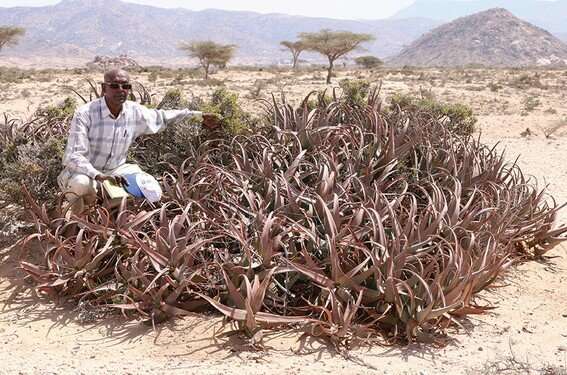
"This news comes from a region which had experienced periods of conflict and instability, climate change effects and accelerated environmental degradation, whereby much of the people's attention has been focused on promoting livelihoods and resilience. With this positive piece of information we hope that we inspire scientists to further explore the area," explains Dr. Barkworth.
The new species is currently known from only two locations, but it is hoped that naming and sharing pictures of it online will encourage discovery and documentation of additional locations.
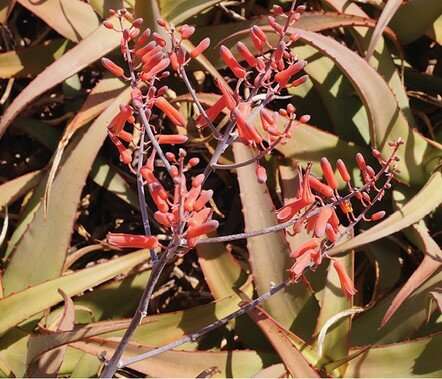
Inflorescence of Aloe sanguinalis in its natural habitat at Lafarug, June 2018.
Trending
-
-
-
🚀🚨Breaking news! Israel has bombed Iran, Iraq and Syria.
- Started by Fobnimo Till I Dhimo
- Replies: 57


